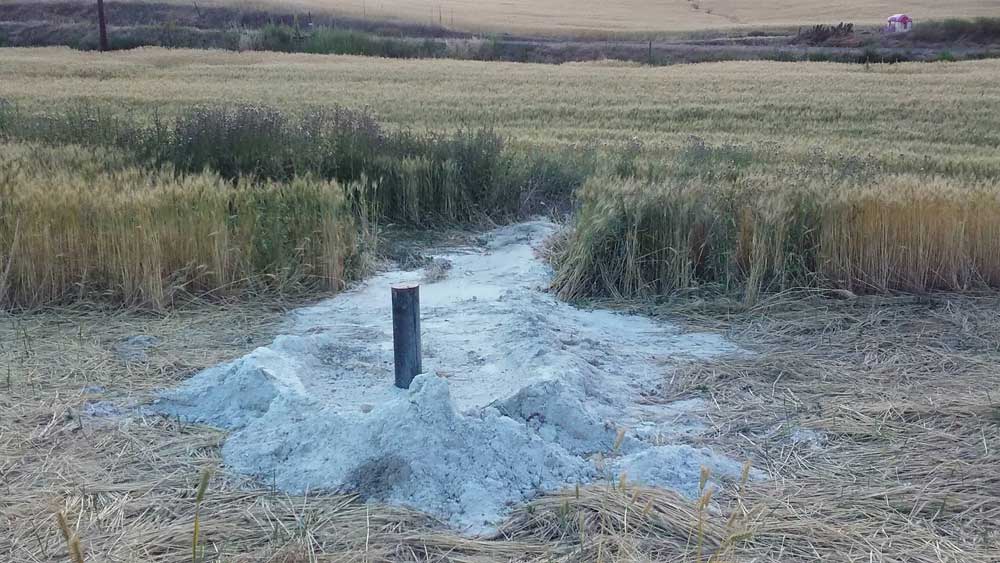Water Finding Service
Hydro Imaging provides consulting services for hydrogeology, geology and geophysics in the Northwest U.S.Water Finding Service

Got Water? If Not Pre-Drilling Hydrogeological Assessment
METHODS/TECHNOLOGY
Our service offers choice of three geophysical methods for collecting new information to locate a water supply. Conditions at the site dictate which method is best applied that offers most advantages.HydroImaging / Columbia Water Surveying specializes in exploratory services for water supplies for domestic, commercial or irrigation purposes. Locating water is our specialty. HydroImaging, Inc. extended its service offerings in 2016 following the acquisition of operating experience and knowledges of Columbia Water Surveying. Over many years Columbia Water Surveying pioneered water finding services across a five-state region of the northwest U.S with the seismoelectric method. Columbia Water Surveying served 330 clients since 2000.
HOW IS WATER FOUND?
We provide information and offer advice. We welcome conversation to get acquainted, discuss your needs, consider options available or to only answer your questions. HydroImaging is occasionally called to jobs after clients have drilled one or more dry wells (little or no water) that fail to yield a minimum supply of water. Situations as these demand an assessment of your site, considering your needs and possibly collecting new information. This is the service we provide. Technical knowledge, optimized to your needs and local experience are of great importance to clients we serve.
Call us for complementary visit to your site before construction begins as it is important to have a proven water supply during planning stage or before development gets underway. A homeowner’s worst nightmare is having a beautiful home without a water supply.
WHAT EFFORT IS REQUIRED?
A job for a customer consists of discussing needs and challenges and providing information. A site visit with customer is required to assess conditions, consider site layout, confirm customer needs and select the best method of operation. This step coincides with collection of public water data if available to combine with customer knowledge. Step 3 is to collect electrical or seismic data, a task that varies in length of time required. Larger areas may require more time to survey. The final step is to process, analyze and interpret the data to assess conditions, and to provide a professional report of results with recommendations. Time required at the site averages two days with report of results delivered in 10 to 14 days.
Visiting a new site with the owner is a critical step to provide opportunity to examine the site, understand needs and concerns of the owner and offer a proposal to complete the work. This meeting often reveals caveats of the site, conditions, opportunities to improve outcomes and avoid pitfalls.
